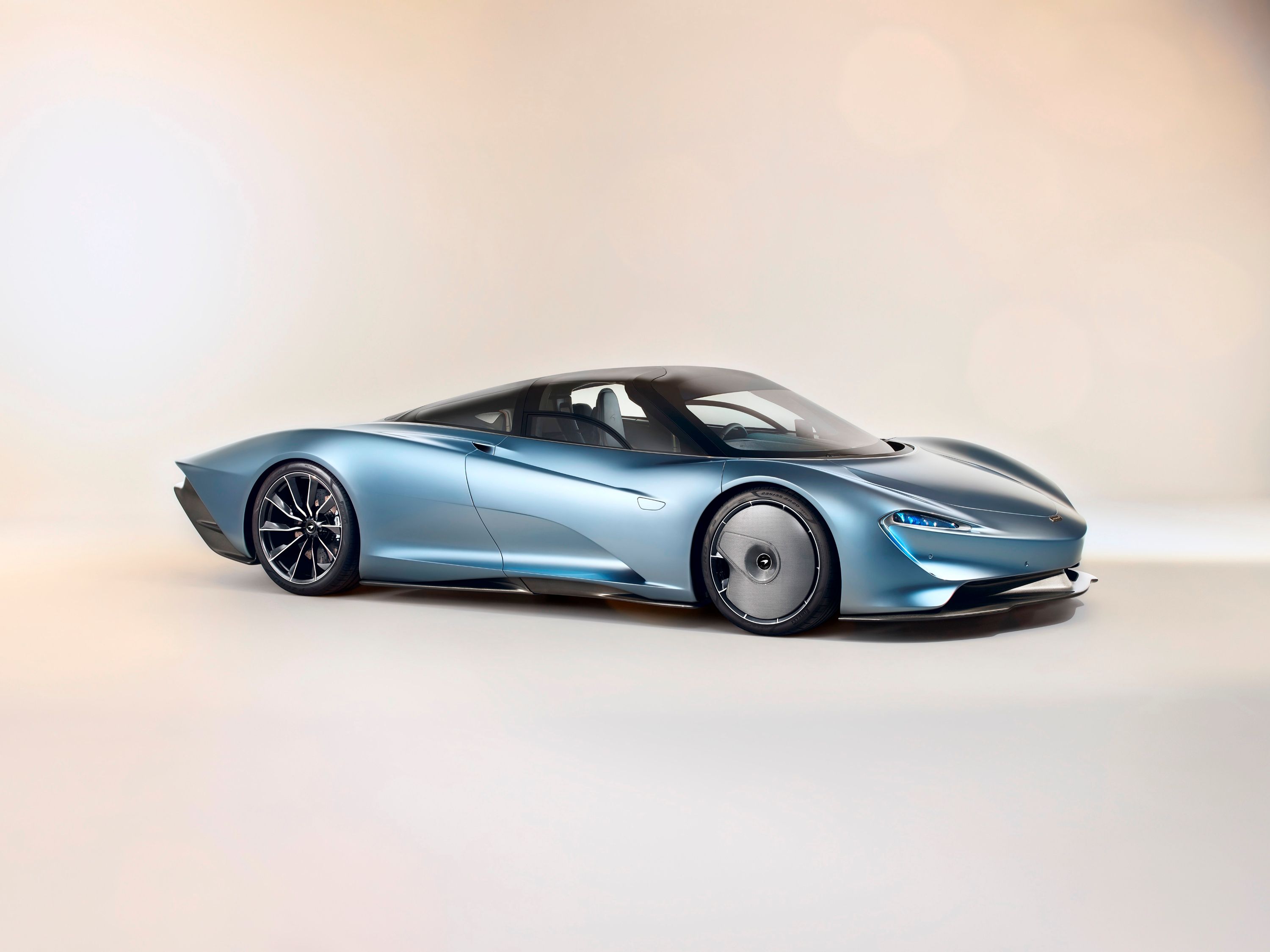
When it launches, the Gordon Murray Automotive (GMA) T.50 supercar won't be the fastest production car in the world; unlike its spiritual predecessor the McLaren F1, the T.50 was never designed with that goal in mind. Instead, it was engineered just to deliver the most exquisite, precise, rewarding driving experience it could, with 654 horsepower and a feather-light 2,174-pound curb weight.
Looking at the car, there's another attribute that might catch your eye: a big fan located in the dead center of the rear fascia, right between the taillights. In the latest episode of the T.50 video blog, Gordon Murray explains what it does and how it works.
Racing fans - and especially those who get a kick out of race car engineering - might be familiar with historic "fan" cars like the Chaparral 2J, campaigned for a single season in the North American Can-Am series, or the Gordon Murray-designed BT46 Formula 1 car. Those cars, too, used fans at the rear to pull air out from underneath the car in order to generate more downforce, but they relied upon skirts around the entire bottom of the car to effectively "seal" the underbelly with the road - something that would never fly on a road car.
Instead, the GMA T.50, like the McLaren F1 before it, simply uses a fan to accelerate the air through a section of the rear diffuser, lowering the pressure underneath the car and building downforce - no skirts necessary.
The big advantage of such a system is that the T.50 can maintain downforce even at slower speeds; like drag force, the downforce generated by aerodynamic features such as wings and spoilers rises with the square of speed, making them very effective at keeping the car glued when it's traveling at a decent clip, but pretty useless at a trot.
But the T.50 takes things a step further, giving the driver access to six different aerodynamic modes that allow them to tailor the car's aerodynamic behavior to the situation using the fan and a number of other sophisticated tricks. They run the gamut from an aptly-named "High Downforce Mode" to a low-drag "Streamline Mode" aimed at maximizing straight-line performance.
Streamline Mode is especially tricky, actually dumping downforce by stalling the diffuser and turning the rear wing downward to generate pressure behind the car. A stream of air is routed through the fan from the roof, the fan generating a sort of "virtual longtail," with the end result being a staggering 12.5-percent reduction in aerodynamic drag.
The GMA T.50 will enter production in January 2022, but don't get your heart set on ever owning one: just 100 will be built, each at a price of around $3 million. That's even more expensive than the F1's official successor, the McLaren Speedtail, but worth it for the 6-speed manual alone.
